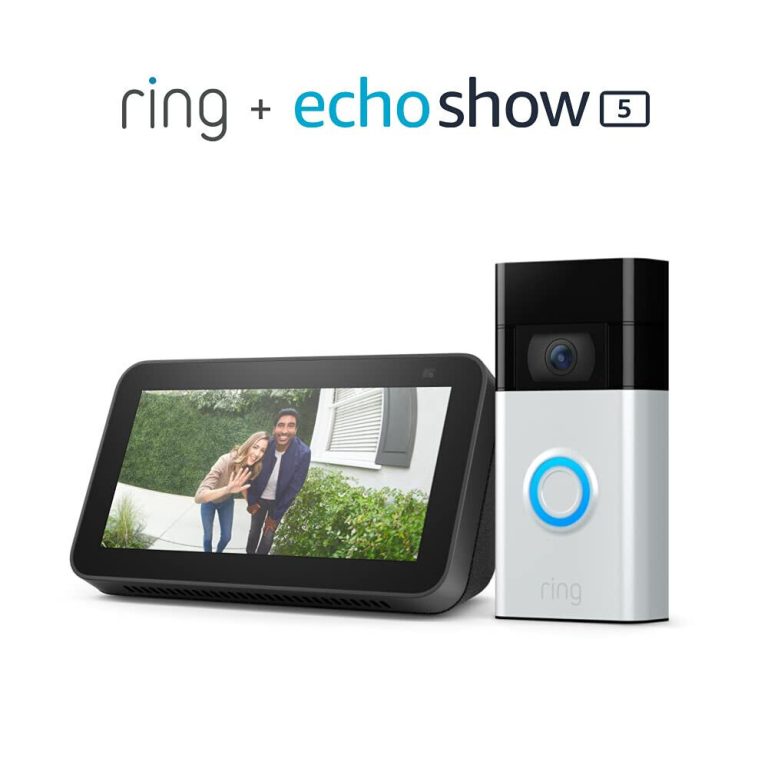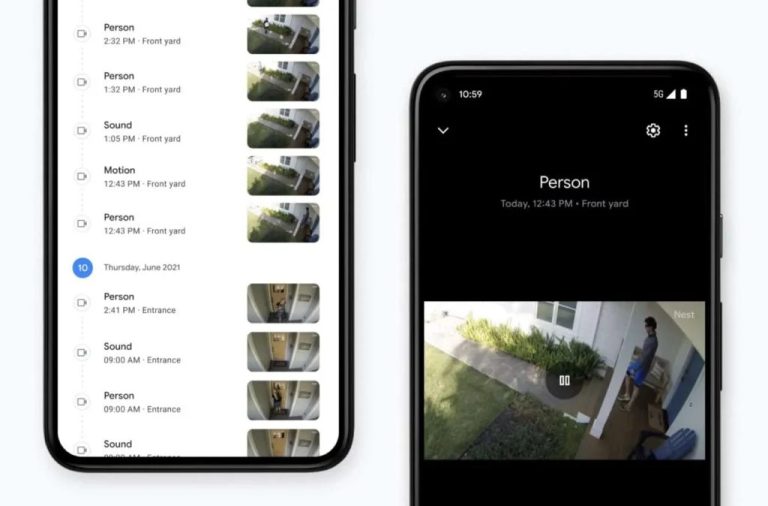The Pros and Cons of Wi-Fi Cloud Connected Cameras
In the age of smart technology, home security has undergone a significant transformation, with brands like Alarm.com, Ring, Google Nest, Blink, Wyse, and other “cloud” camera solutions emerging as a popular choice among homeowners. These smart cameras offer a blend of convenience and advanced technology, but like any product, they come with their own set of advantages and disadvantages. In this blog, we’ll explore both the positive and negative aspects of these cameras, providing a balanced view to help you make an informed decision about whether they’re right for your home security needs.
The Advantages:
1. Enhanced Security
One of the primary benefits of an internet based camera system is the enhanced security they provide. Equipped with high-definition video recording, motion detection, and real-time alerts, these cameras offer a significant boost to home security. Homeowners can monitor their property 24/7 from their smartphones, tablets, or computers, allowing for quick responses to any unusual activity.

2. Ease of Installation
Many of these cameras are designed with user-friendliness in mind. Most models can be installed without professional help, thanks to their straightforward setup processes. With a few tools and the cameras app, you can have your camera up and running in no time. This ease of installation makes it accessible for those who prefer a DIY approach to home security. Furthermore if you do opt to have them professionally installed (we recommend this anyways), because many of these cameras are battery and solar powered you can place them in areas that you cannot normally place a traditional camera.
3. Integration with Smart Home Systems
Many of these cameras can seamlessly integrate with various smart home systems, including Amazon Alexa and Google Assistant. This compatibility allows users to control their cameras using voice commands and integrate them with other smart devices. For instance, you can use Alexa to show your Ring camera feed on an Echo Show or Fire TV, enhancing your overall home automation experience.

4. Video Recording and Playback
Most of these camera solutions offer cloud storage for recorded video footage, which is a crucial feature for reviewing past events. Depending on your subscription plan, you can access a rolling history of footage, allowing you to check for any suspicious activity or simply monitor events that happened while you were away.
5. Two-Way Audio
Many of these camera models feature two-way audio, enabling property owners to communicate with anyone on their property directly through the camera. This feature is especially useful for answering the door when you’re not at home or for checking in on pets and family members.
The Disadvantages:
1. Privacy Concerns
Privacy is a significant concern with cloud cameras. The recording and cloud storage of video footage can raise issues about who has access to this data. While many of these solution vendors offer encryption and robust security measures, there have been instances of data breaches and unauthorized access. It’s essential to ensure your camera’s security settings are appropriately configured to protect your privacy and the privacy of anyone your camera system might see.
2. Costs
While most of these cameras are relatively affordable by themselves, accessing their full range of features often requires a subscription plan. The subscription will typically be on a monthly or annual bases and might include a specific amount of video storage or some additional features but almost always is on a per camera basis. For some users, this recurring cost may be a drawback, especially when considering the added expense of purchasing and maintaining multiple cameras, Wi-Fi solution, and an Internet connection. Not to mention many of the other “hidden costs” associated with a proper installation.
3. Dependence on Power, Wi-Fi, and Internet Connectivity
These cameras all require 3 things in order to operate: Power, Wi-Fi, and Internet Connectivity.
- Power: While most of these cameras have an internal lithium-ion battery which will keep the camera functioning without direct power – who wants to consistently take the camera down to charge it? As such, many of the solution vendors offer a solar or hard-wire lead as an option for the camera which is an added expense and another part of the installation process to consider.
- Wi-Fi: All of these cameras (besides some of our alarm.com cameras) require a strong Wi-Fi signal where the camera will be located. This can be quite limiting in a large home, or in a remote area such as a detached garage or backyard. Often these types of installations will require additional equipment to extend Wi-Fi coverage to these areas. We recommend using a Wi-Fi visualizer app to test the connection at the location prior to installation.
- Internet Connectivity: These cameras use the Internet to upload the footage to the cloud server for you to access. The key word in that sentence is upload. So your Internet connections upload speed must be fast enough to support the number of cameras you are planning on installing. Every time you access the camera (live view) or when the camera records an event, this footage will be uploaded to the Internet. Bandwidth requirements vary by vendor and range from 1.5Mbps to 5Mbps per camera. That adds up quickly if you are thinking about installing a large system that might see many events such as in a business location (yes – you the guy that installed 22 of these in his business and wondered why his internet was “slow”).
4. False Alarms and Notifications
All of these cameras are equipped with motion sensors that can sometimes trigger false events. Factors such as passing vehicles, animals, or even changing light conditions can lead to unnecessary recording, notifications, and bandwidth usage. While adjustable motion sensitivity settings can help mitigate this issue, some users may still find the number of alerts overwhelming – or worse yet, the bandwidth consumption might cause an issue while trying to use another service (e.g. working from home).

5. Limited Camera Field of View
Depending on the model, and location that the camera was installed – some of these cameras might have a limited field of view, which can affect the coverage of your property. To ensure comprehensive surveillance, you may need to install multiple cameras to cover different angles and areas, which can add to the overall cost.
6. Limited Recording Time During an Event
This is by far one of the most hindering issues with these types of camera systems. Depending on the solution, most of these cameras only offer between 1 and 5 minutes of recording during an event. Sure it might capture the initial motion that triggered the event, but what if the person that is about to break into your house takes longer than 5 minutes to walk up to an area where you can get a clear face shot? Lets face it – if the camera chooses when its going to “stop recording” when it matters most, is it really doing a good job at protecting you?
Conclusion
Cloud connected Wi-Fi security cameras do offer a range of benefits that can enhance your home security including real-time monitoring, two way voice, and easy installation to integration with smart home systems. However, they also come with some pretty significant set of drawbacks, such as privacy concerns, total cost of ownership, potential false alarms, and limited recording times.
When considering a camera system, weigh these factors carefully and assess your specific needs and circumstances. By doing so, you’ll be better equipped to make an informed decision that balances convenience, security, and cost.
If you’re interested in discussing a security camera solution with one of CGI Communications Talented and Professional Security Experts – give us a call today! 520-421-3333





